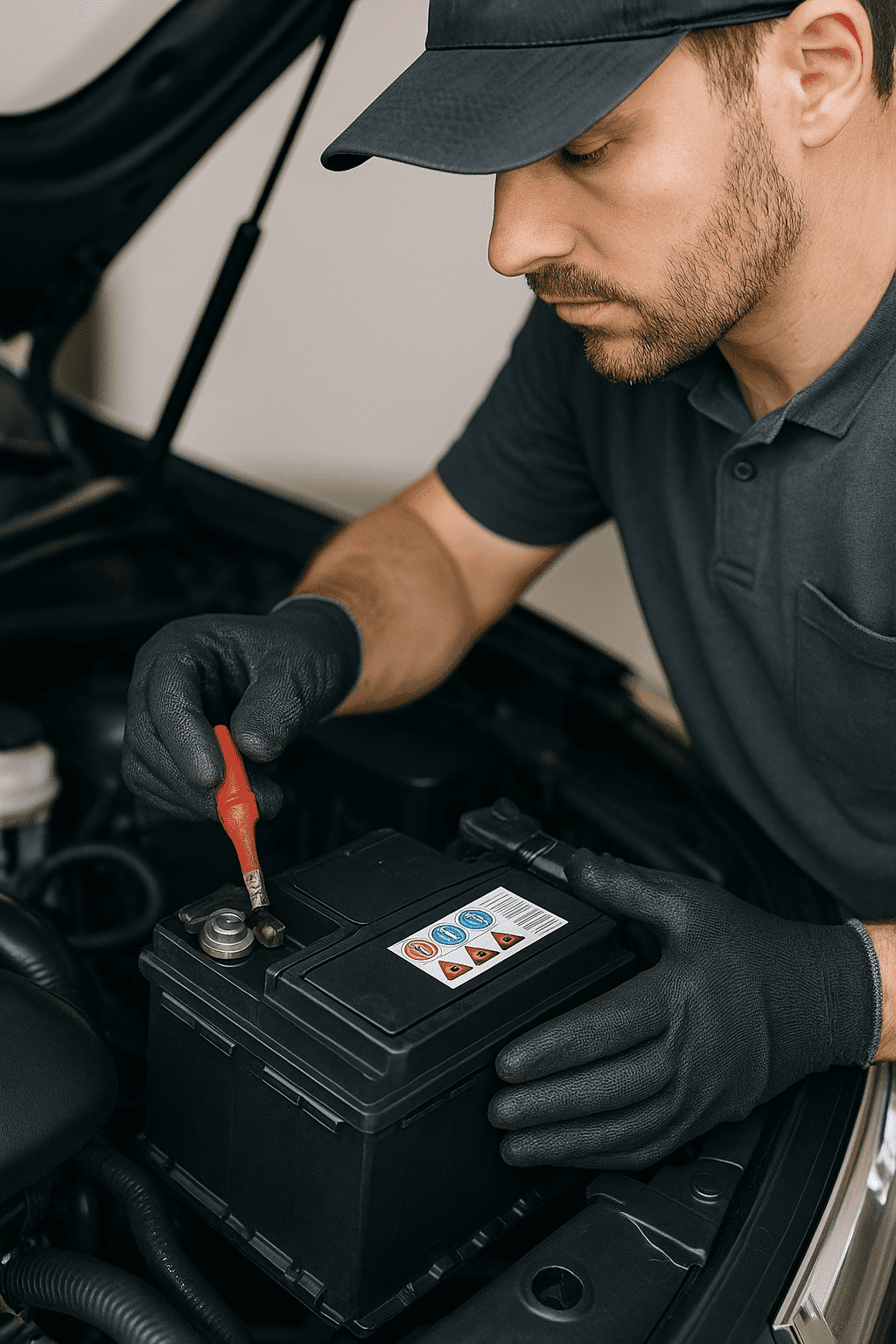
Introduction:
Imported Japanese vehicles are known for their reliability and excellent condition but that doesn’t mean you can skip the maintenance checklist. When a car makes the journey from Japan to Australia, it goes through different climates, road conditions, and compliance processes. Even if it has low kilometers, some parts may still need replacing to ensure optimal performance on Australian roads.In this post, we’ll walk you through the most common parts we recommend checking or replacing after your Japanese vehicle arrives. Whether you’ve just bought an import or you’re planning to, these quick tips can help you get the most out of your new car.
1. Battery
Batteries don’t always travel well especially when a car sits idle during shipping and compliance. Also, batteries made for the Japanese climate might not hold up as well in Australia’s hotter conditions. If your import is more than 3 years old, it’s wise to test the battery or replace it to avoid inconvenient breakdowns.
Ikigai Motors offers quick and affordable battery checks and replacements tailored to imported vehicles.

2. Tyres
Even if the tread looks fine, imported cars often arrive with tyres that are several years old. Rubber degrades over time, especially if stored or unused. Tyres also need to meet Australian safety standards, and some imports may arrive with mismatched or non-compliant tyres.We recommend a full inspection and replacement if the tyres are over 5 years old.

3. Fluids and Filters
Fluids like engine oil, coolant, brake fluid, and transmission fluid may have aged during shipping or may not be the right grade for Australia’s climate. It’s good practice to flush and replace all major fluids once your car lands.Also, don’t overlook air filters and cabin filters they’re often overlooked during compliance, but replacing them can significantly improve engine performance and cabin air quality.

4. Timing Belt
Some imported cars use timing belts that need replacement at certain mileage intervals (usually around 100,000 km). Even if your import has low kilometers, check the age of the belt rubber components degrade over time regardless of use.If you’re unsure whether it’s been changed, it’s better to be safe than sorry. A snapped timing belt can lead to expensive engine damage.
5. Brake Pads and Rotors
Brakes may look fine visually but could be worn, rusted from shipping, or not meet local road safety expectations. If the car’s been sitting for a while (either in Japan or during shipping), brakes can develop surface corrosion or uneven wear.Have them checked and replaced if needed especially before putting real kilometers on Australian roads.
Conclusion:
Buying a Japanese import is a smart choice but giving it the proper post-import attention ensures you’ll enjoy your new ride for years to come. Replacing key wear-and-tear items like the battery, tyres, and fluids not only improves safety but also helps your car adapt to Australian driving conditions.At Ikigai Motors, our service team specialises in preparing Japanese imports for the road. Whether you’ve bought from us or brought your own import into the country, we’re here to help with inspections, servicing, and quality genuine parts.Book a health check today and give your car the smooth start it deserves.

